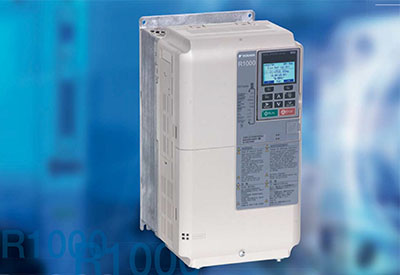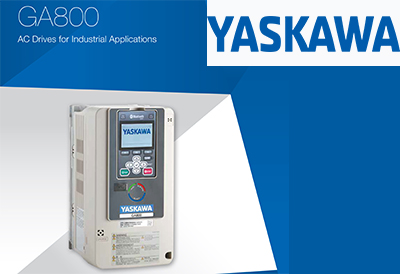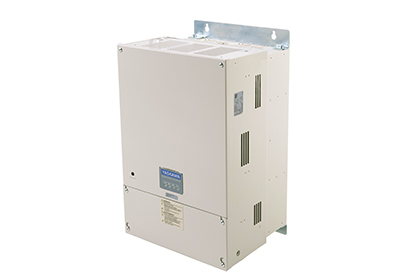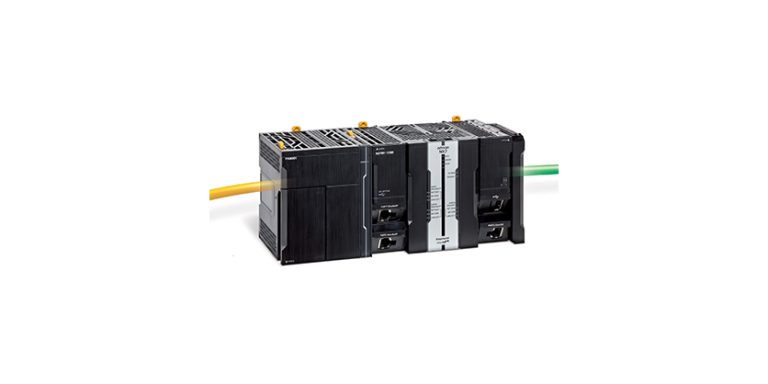Yaskawa: R1000 Regenerative Unit

May 9, 2019
Looking for a smart and efficient alternative to dynamic braking? Look no further. The R1000 Regenerative Braking Unit is your answer.
Unlike dynamic braking, which dissipates all braking energy in the form of heat, the R1000 avoids wasted energy by delivering it back to your power source for use by other loads. Since the R1000 only transfers power during regeneration (not motoring), it is very economical for regenerative applications, and return on investment is often less than 1 year. Not only does this save energy and money, but it also eliminates the need to safely locate braking resistors.
Highlights:
- Compatible with all conventional drives having full power access to DC bus
- Rated for 100% power, 25% duty cycle (60 second maximum on time), or 80% continuous
- Overload capability of 150% for 30 seconds
- 0.9 Power Factor at full load
- Overcurrent and Overheat Protection
- Embedded Modbus RTU Communications
- Removable Terminal Block
- Multi-language LCD Display
- Communication options for all major industrial networks provides high speed control and monitoring, reducing installation cost
- DriveWizard computer software for easy configuration
- USB Copy Unit and Keypad configuration storage provide speed and convenience for duplicate configuration of multiple drives
- Made with RoHS compliant materials
For more information, visit HERE.






